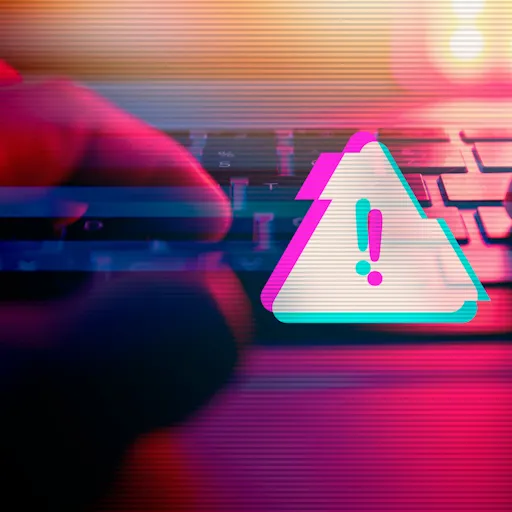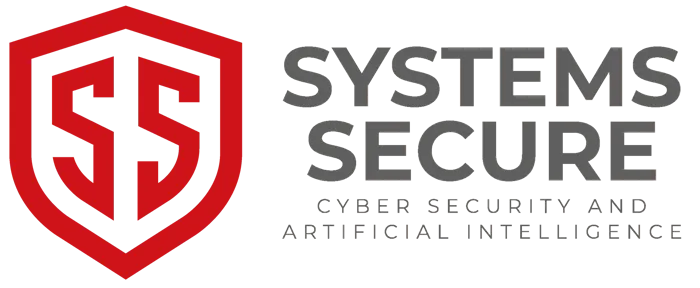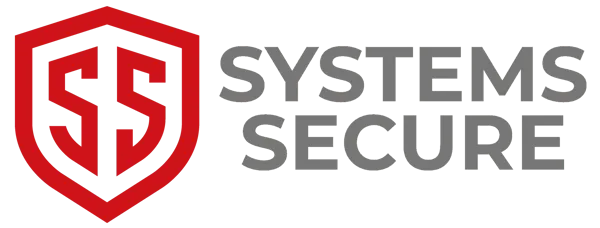HAVE YOU BEEN HACKED? GET HELP
Blog
Welcome to the Systems Secure Blog — your go-to resource for practical, no-fluff cybersecurity advice tailored for business owners and managers. Whether you're running a growing team or working with outsourced IT, we break down complex cyber risks into plain language and give you real-world solutions to protect your business, data, and reputation. From compliance guides and threat insights to expert tips on keeping your systems secure, we’ve got you covered.
🔒 Real advice. No jargon. Just smart, secure business.

Emerging Ransomware Threats: What You Need to Know to Stay Protected
Emerging Ransomware Threats: What You Need to Know to Stay Protected
Ransomware has been a persistent and ever-evolving cybersecurity threat for businesses worldwide. From the first strains of malicious software that encrypted files for a ransom, ransomware has grown in complexity, sophistication, and the scope of damage it can cause. Today’s ransomware actors use cutting-edge techniques, targeting businesses of all sizes, and demanding large sums of money for the safe return of valuable data.
In this blog post, we’ll explore the latest trends in ransomware attacks, how businesses can protect themselves, and why being proactive with cybersecurity is essential.
What Are Emerging Ransomware Threats?
Emerging ransomware threats are new or evolving forms of ransomware that often operate using more advanced tactics than their predecessors. These attacks are characterized by several trends, such as:
Double Extortion: Cybercriminals now demand ransom in exchange for both restoring encrypted data and preventing the public release of sensitive business information.
Ransomware-as-a-Service: The accessibility of ransomware tools has led to the rise of Ransomware-as-a-Service (RaaS), where hackers lease ransomware strains to other criminals for a profit.
Fileless Ransomware: These attacks do not rely on traditional malware to execute. Instead, they target legitimate system tools and exploit vulnerabilities to evade detection.
The sophistication of these emerging ransomware threats means they can bypass many traditional defences. It's not just about encrypting files anymore; attackers are looking for ways to maximize their profits by targeting multiple aspects of a business’s operations.
The Latest Trends in Ransomware Attacks
With the increasing complexity of these attacks, businesses need to be aware of the latest trends:
Targeted Attacks on Supply Chains
Cybercriminals are now focusing on the supply chain as a way to gain access to multiple businesses at once. By infiltrating one supplier or vendor, ransomware can spread across an entire network of businesses.Phishing and Social Engineering
As businesses become better at securing their networks, attackers have turned to social engineering tactics like phishing to gain access to sensitive systems. These attacks often appear as legitimate communications, making it easier for attackers to deceive employees into downloading malware.Cloud Ransomware
Cloud storage has become a significant target for ransomware actors. With more businesses moving their data to the cloud, attackers are exploiting vulnerabilities in cloud environments to launch devastating ransomware campaigns.
How to Protect Your Business from Emerging Ransomware Threats
With ransomware attacks becoming increasingly sophisticated, it’s crucial for businesses to stay ahead of the curve. Here’s how you can protect your business:
Regularly Update Systems and Software
Ensure that all software, operating systems, and applications are kept up to date with the latest patches. Many ransomware attacks exploit vulnerabilities in outdated systems, so this is your first line of defence.Backup Your Data
Regularly back up important business data to offline or cloud storage. Ensure that backups are not accessible from the network to prevent them from being encrypted in case of an attack.Implement Multi-Factor Authentication (MFA)
Multi-factor authentication is a critical step in securing sensitive accounts. Even if attackers manage to steal login credentials, MFA will prevent them from gaining unauthorized access to your systems.Employee Training and Awareness
Human error remains a significant vulnerability. Conduct regular training sessions to help employees recognize phishing attempts and understand the importance of cybersecurity best practices.Monitor Networks for Unusual Activity
Deploy advanced monitoring systems to detect suspicious activity in real-time. Implement Endpoint Detection and Response (EDR) solutions that can help spot ransomware early before it spreads.Use Endpoint Protection and Antivirus Software
Ensure that all devices are equipped with the latest antivirus and anti-malware software. These tools can block ransomware and alert you to potential threats.
The Impact of Ransomware on Your Business
The consequences of a ransomware attack can be devastating for a business, especially for small to medium-sized enterprises (SMEs). The costs associated with a ransomware attack include:
Financial Losses: The ransom itself is often just the beginning. Businesses may face downtime, loss of productivity, and reputational damage that can cost far more in the long run.
Legal Consequences: In certain cases, businesses may be legally obligated to report data breaches or losses of sensitive customer information, leading to regulatory fines.
Reputation Damage: If clients or customers believe their data is at risk, trust in your business may diminish, potentially leading to loss of business.
Why Proactive Cybersecurity is Essential
With ransomware becoming a growing and more unpredictable threat, taking a proactive approach to cybersecurity is essential. The best defence is a layered security strategy that combines preventive measures, employee awareness, and robust monitoring.
A reactive approach—waiting for a breach to occur and then trying to fix it—can lead to significant financial and operational losses. Proactively implementing security measures, such as those outlined above, will help mitigate risks and protect your business against emerging ransomware threats.
[Key Takeaways
Ransomware is evolving and becoming more sophisticated, with tactics such as double extortion and ransomware-as-a-service gaining popularity.
Businesses must focus on protecting their supply chains, cloud storage, and educating their employees to recognize phishing attempts.
Regular system updates, data backups, multi-factor authentication, and network monitoring are essential for protecting against ransomware attacks.
Proactive cybersecurity is essential for minimizing the risks and impact of ransomware on your business.

Quick Links
©Systems Secure 2025
All Rights Reserved





